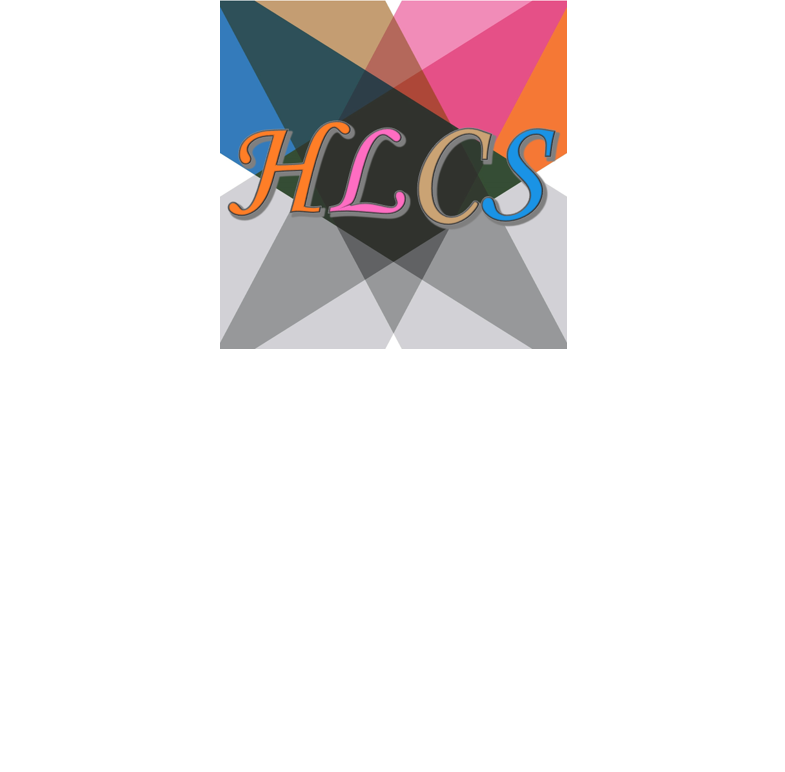The Barcelona Historical Marriage Database and the Baix Llobregat Demographic Database. From Algorithms for Handwriting Recognition to Individual-Level Demographic and Socioeconomic Data
DOI:
https://doi.org/10.51964/hlcs11971Keywords:
Individual demographic databases, Computer vision, Record linkage, Social mobility, Inequality, Migration, Word spotting, Handwriting recognition, Local censuses, Marriage LicencesAbstract
The Barcelona Historical Marriage Database (BHMD) gathers records of the more than 600,000 marriages celebrated in the Diocese of Barcelona and their taxation registered in Barcelona Cathedral's so-called Marriage Licenses Books for the long period 1451–1905 and the BALL Demographic Database brings together the individual information recorded in the population registers, censuses and fiscal censuses of the main municipalities of the county of Baix Llobregat (Barcelona). In this ongoing collection 263,786 individual observations have been assembled, dating from the period between 1828 and 1965 by December 2020. The two databases started as part of different interdisciplinary research projects at the crossroads of Historical Demography and Computer Vision. Their construction uses artificial intelligence and computer vision methods as Handwriting Recognition to reduce the time of execution. However, its current state still requires some human intervention which explains the implemented crowdsourcing and game sourcing experiences. Moreover, knowledge graph techniques have allowed the application of advanced record linkage to link the same individuals and families across time and space. Moreover, we will discuss the main research lines using both databases developed so far in historical demography.
This paper was awarded the Louis Henry award from the European Society of Historical Demography. The Louis Henry Award has been established by the European Society of Historical Demography to recognize methodological innovations in data collection, visualization or analysis.
Downloads

Downloads
Published
Issue
Section
License
Copyright (c) 2022 Joana Maria Pujadas-Mora, Alícia Fornés, Oriol Ramos Terrades, Josep Lladós, Jialuo Chen, Miquel Valls-Fígols, Anna Cabré

This work is licensed under a Creative Commons Attribution 4.0 International License.




